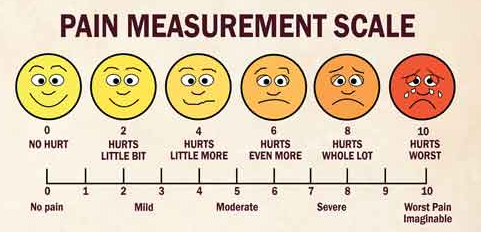The Skinny on Pain Management with Dr. J. Carlos Roman, Pain Management Physician
As published in AY Magazine
More than half of the adults in the United States suffer from one or more chronic health conditions, according the Centers of Disease Control For Disease Control and Prevention. More than 90% of those have one common symptom, chronic pain.
Chronic pain is pain that persists after an injury, surgery or other medical issue. Pain that persists longer than six months and hasn’t responded to typical treatment is considered chronic.
Referral
Primary health care providers, who generally don’t specialize in pain management, can recommend a modification; over-the-counter pain relievers; massage, physical or chiropractic therapy; and braces or splints. The patient should ask for a referral to a pain-management specialist.
Diagnosis
The source of pain is determined by a series of tests performed by a pain management specialist or primary care doctor.
“If a patient has a knife stuck in their leg, well that’s an obvious source of pain,” said Dr. J. Carlos Roman, pain management physician at CHI St. Vincent, Little Rock. “But the patients we see generally do not have an obvious source of pain. Doctors in other specialties will refer patients to us who have already been seen and their cause of pain cannot be determined. The mystery patients end up with us.”
The first course of action is to localize the cause of the pain and determine what has been done.
“Have they had surgeries? What medications are they on? What are they doing to alleviate the pain? We then order objective testing-MRIs, bone scans, etc.”
Pain management is not as complicated as it sounds, said Roman.
“The term really defines it,” he said. “We help people manage chronic pain. People encounter painful situations that are sometimes curable and sometimes aren’t. We teach patients how to manage conditions that aren’t going away. Examples of these types of patients are amputees, and those with spinal cord injuries or back injuries. We offer interventional treatment as well as medication management.”
Treatment
Fixing the source of the pain is always preferable of course, but there are cases where management is the only option. Treatment can include nerve blocks, epidurals, steroid injections or ablation of nerves.
“We also offer medication management,” Roman said. “One thing we are passionate about is combatting a patient’s opiate addiction. Opiates are wonderful and they can be helpful, but we take a different approach to the management of opiates, to keep people from becoming dependent on them.”
Too many patients get their information about how the medicine works from the Internet, according to Roman.
“For example, they might think, ‘If one hydrocodone helps, two would be even better,’” Roman said. “That’s not the way the body works, and that’s not the way pain management works. That’s why medication management is so important.”
Goal
The goal of pain management is improving a patient's mobility and functioning to improve their quality of life.
Learn more about Dr. J. Carlos Roman.

